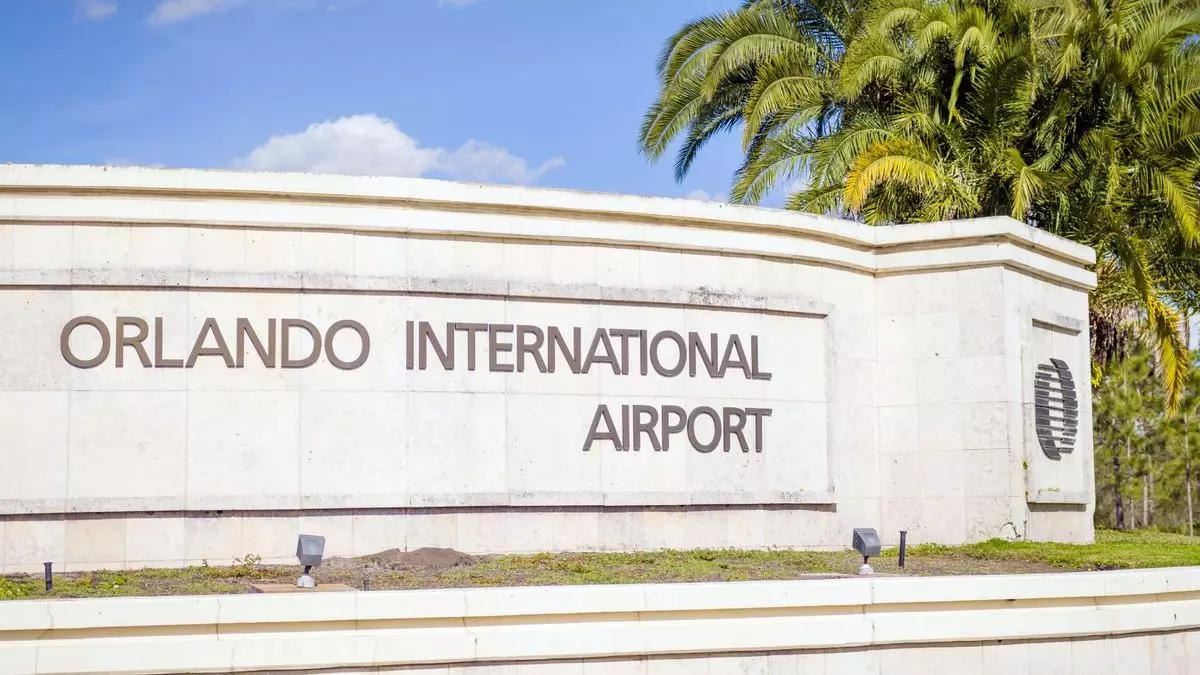As Hurricane Milton approaches Florida’s west coast, the state’s airports are proactively responding to the imminent danger. Milton has escalated to a Category 4 hurricane, urging significant action from transport authorities. With its trajectory projected to impact regions near the Tampa area, airports like Tampa International swiftly ceased operations on Tuesday morning at 9 a.m. local time, reflecting a prudent approach to ensure passenger safety as well as infrastructural integrity.
In light of the hurricane’s anticipated landfall, several airports in Florida have outlined their respective closure plans. Sarasota Airport, which plays a vital role in connecting locals and visitors to the southwest coast, announced it would stop its operations at 4 p.m. on Tuesday. This decision came in response to the increasingly severe weather warnings and the need to prioritize safety. Meanwhile, Orlando Airport has confirmed it would cease operations at 8 a.m. on Wednesday, underscoring a regional strategy to manage the escalating risks posed by the storm’s approach.
Southwest Florida International Airport, a crucial point for travel in and out of Fort Myers, extends its operational halt through both Wednesday and Thursday, reflecting a pattern among the airports in this critical region. Furthermore, the smaller St. Pete-Clearwater Airport, primarily serviced by Allegiant Air, made its closure announcement covering Wednesday and Thursday, illustrating the widespread precautions taken across the state’s air travel network.
Airline Responses and Travel Waivers
Airlines have proactively issued travel waivers to accommodate travelers affected by cancellations and shifted schedules. These waivers provide flexibility, allowing passengers to alter their plans without incurring additional fees—an invaluable feature during tumultuous events such as hurricanes. Airlines have also risen to the occasion by increasing capacity for those evacuating the area. For instance, American Airlines has introduced more than 2,000 additional seats alongside a dozen extra flights from Tampa and Sarasota, showcasing both corporate responsibility and a commitment to assist those in need as the hurricane looms.
The present situation highlights how essential preparedness is in the face of natural disasters. Communities are often significantly impacted by hurricanes, and effective coordination among airports and airlines can alleviate some of the stress experienced by travelers. The situation demands not only rapid response but also clear communication, ensuring that passengers are informed about flight statuses and available options. Local authorities, airlines, and airport management must remain vigilant, ready to adapt to changing circumstances as Hurricane Milton approaches.
The status of airports in Florida leading up to Hurricane Milton’s landfall demonstrates a critical intersection between safety protocols, community response, and airline operations in the face of adversities. As the state braces for impact, these collective efforts underscore the importance of preparedness amid the unpredictability of nature.

